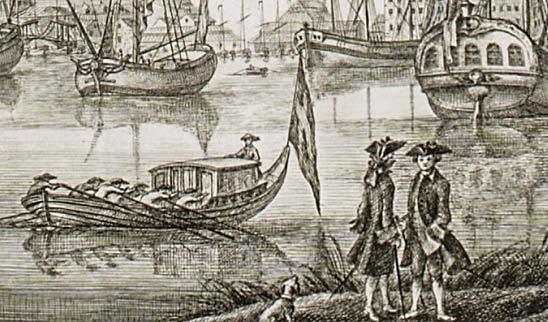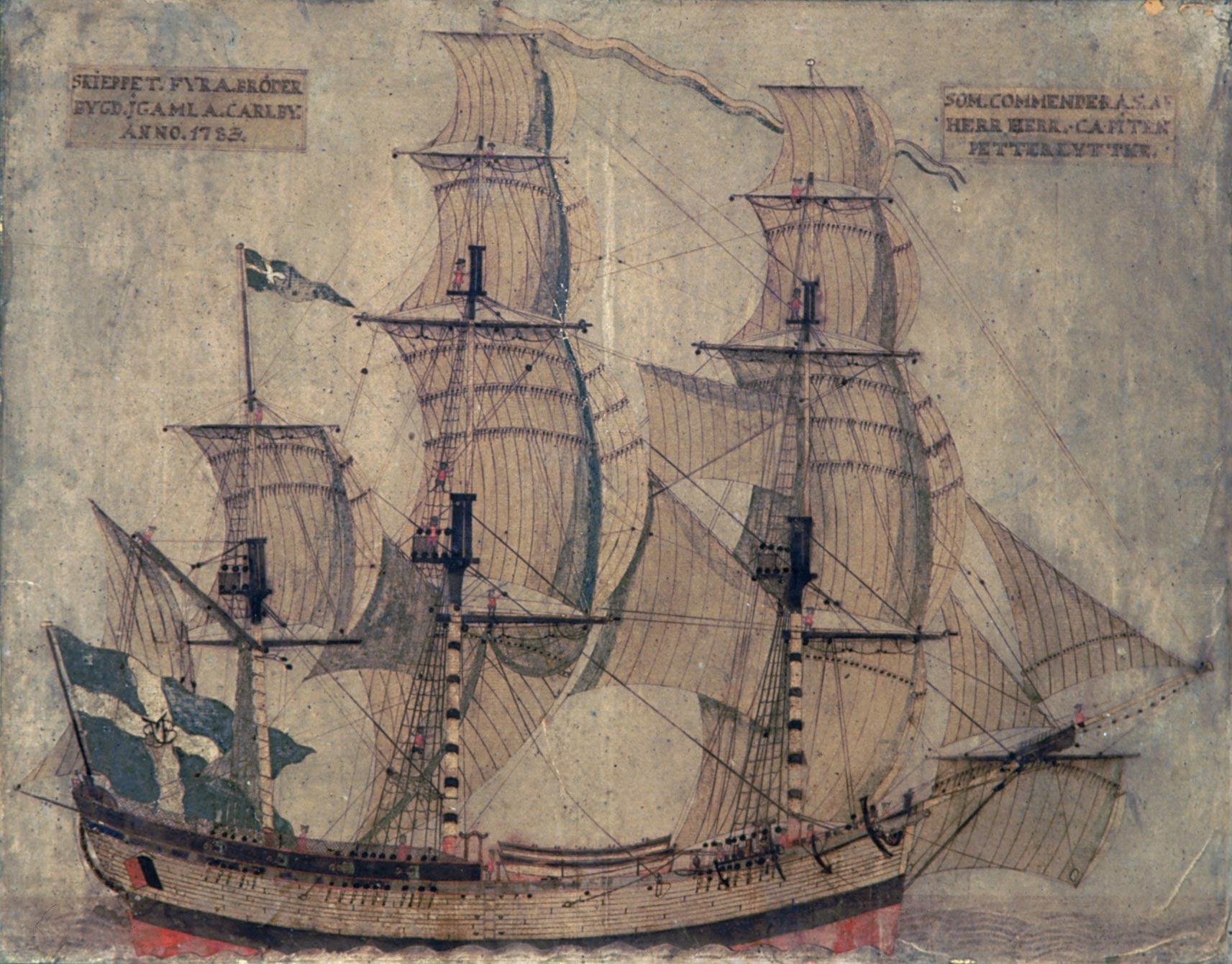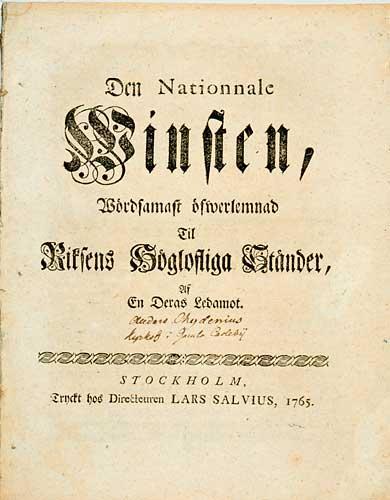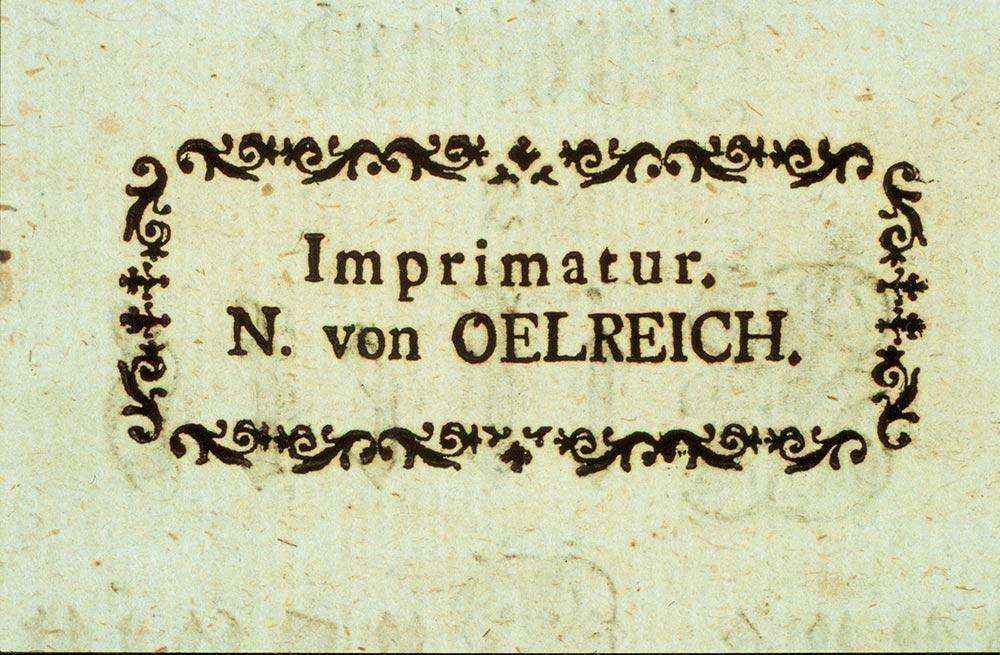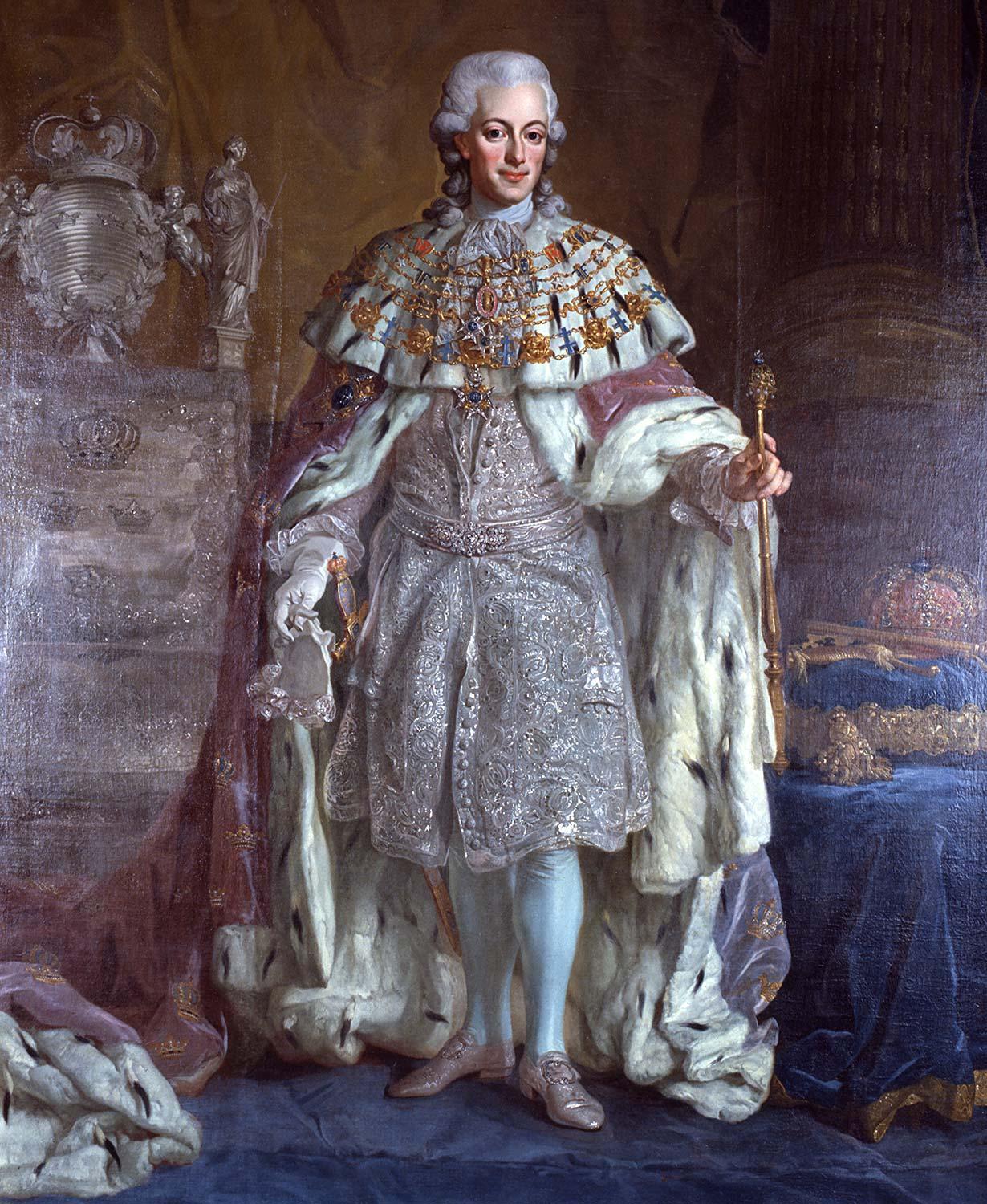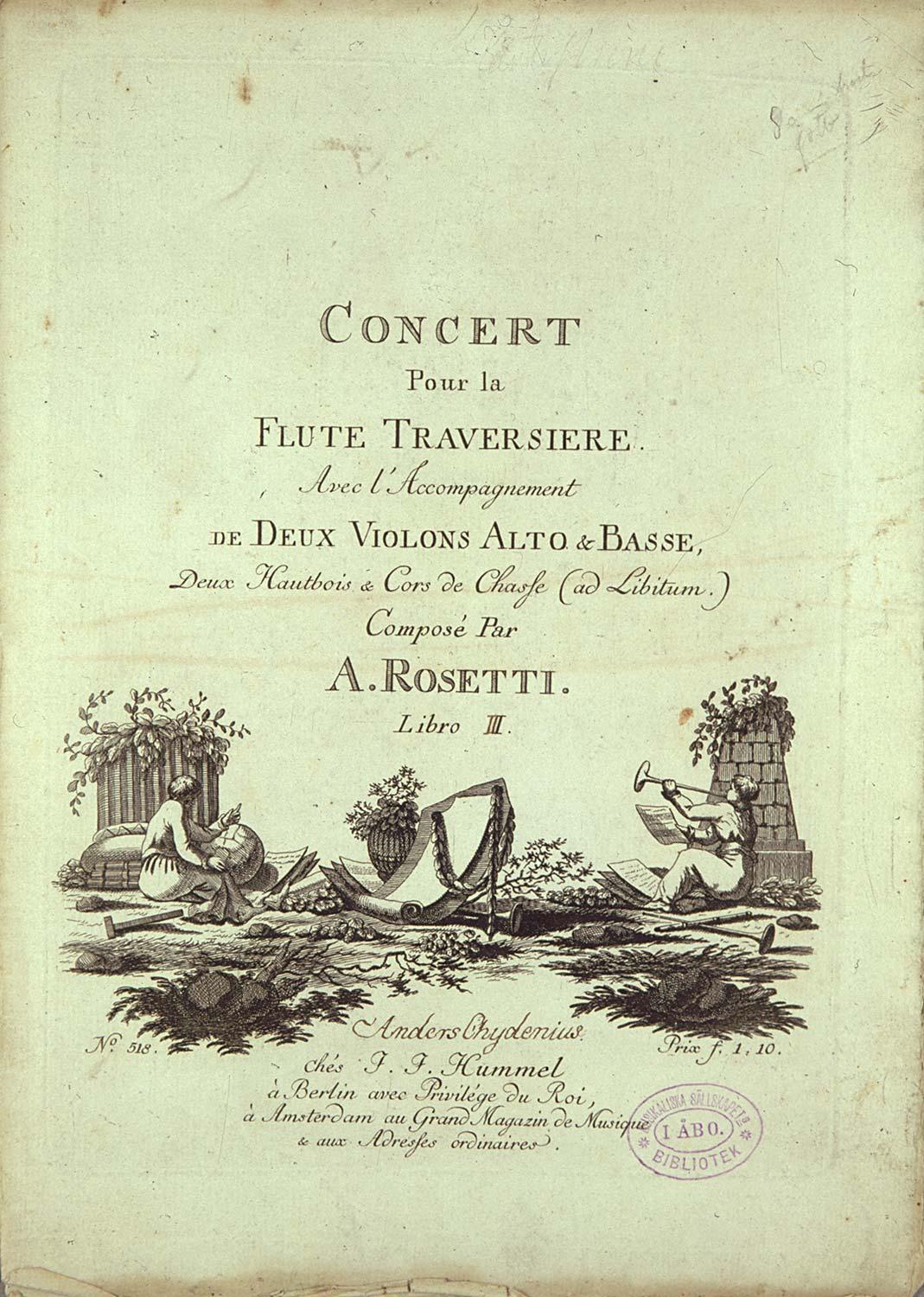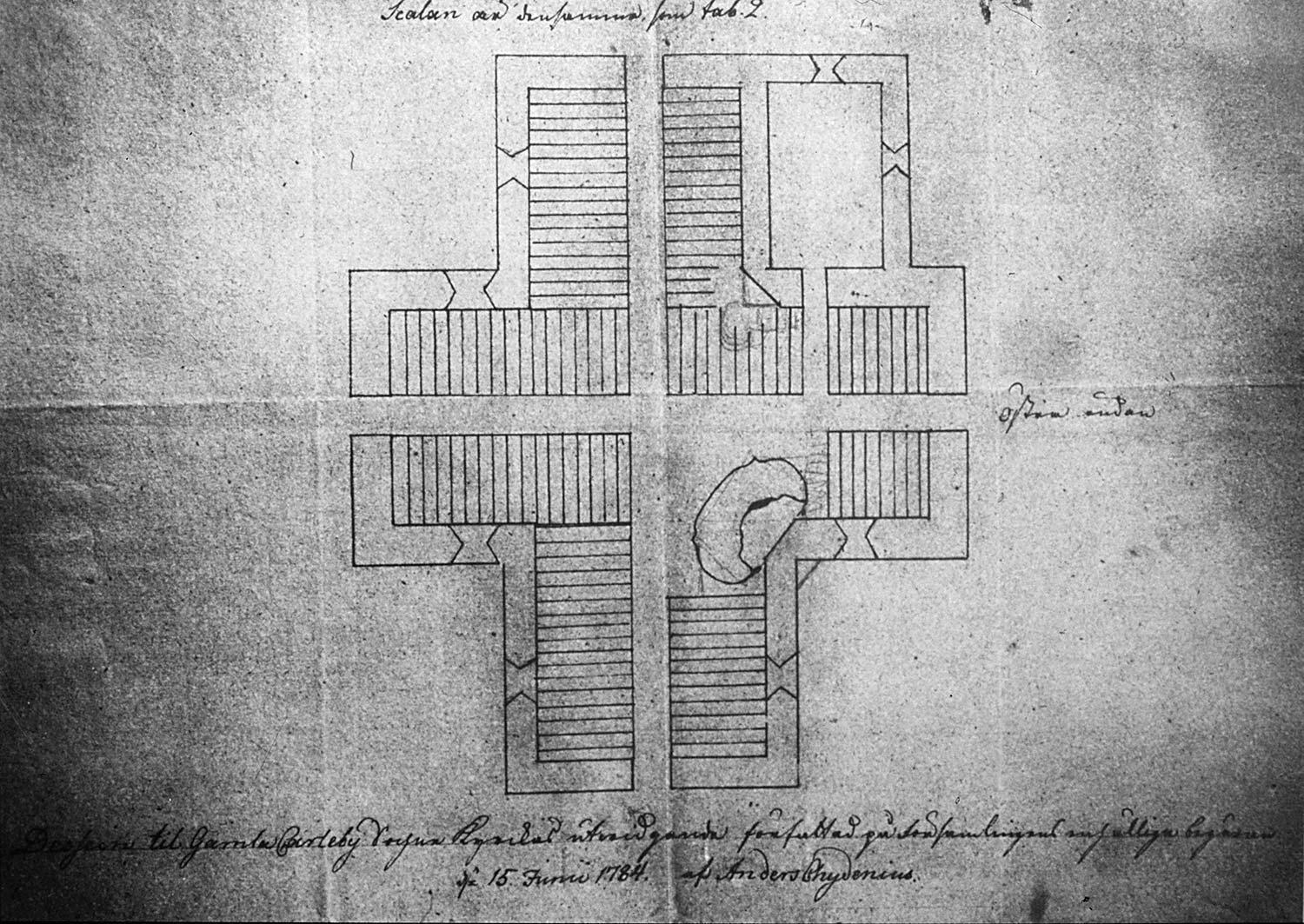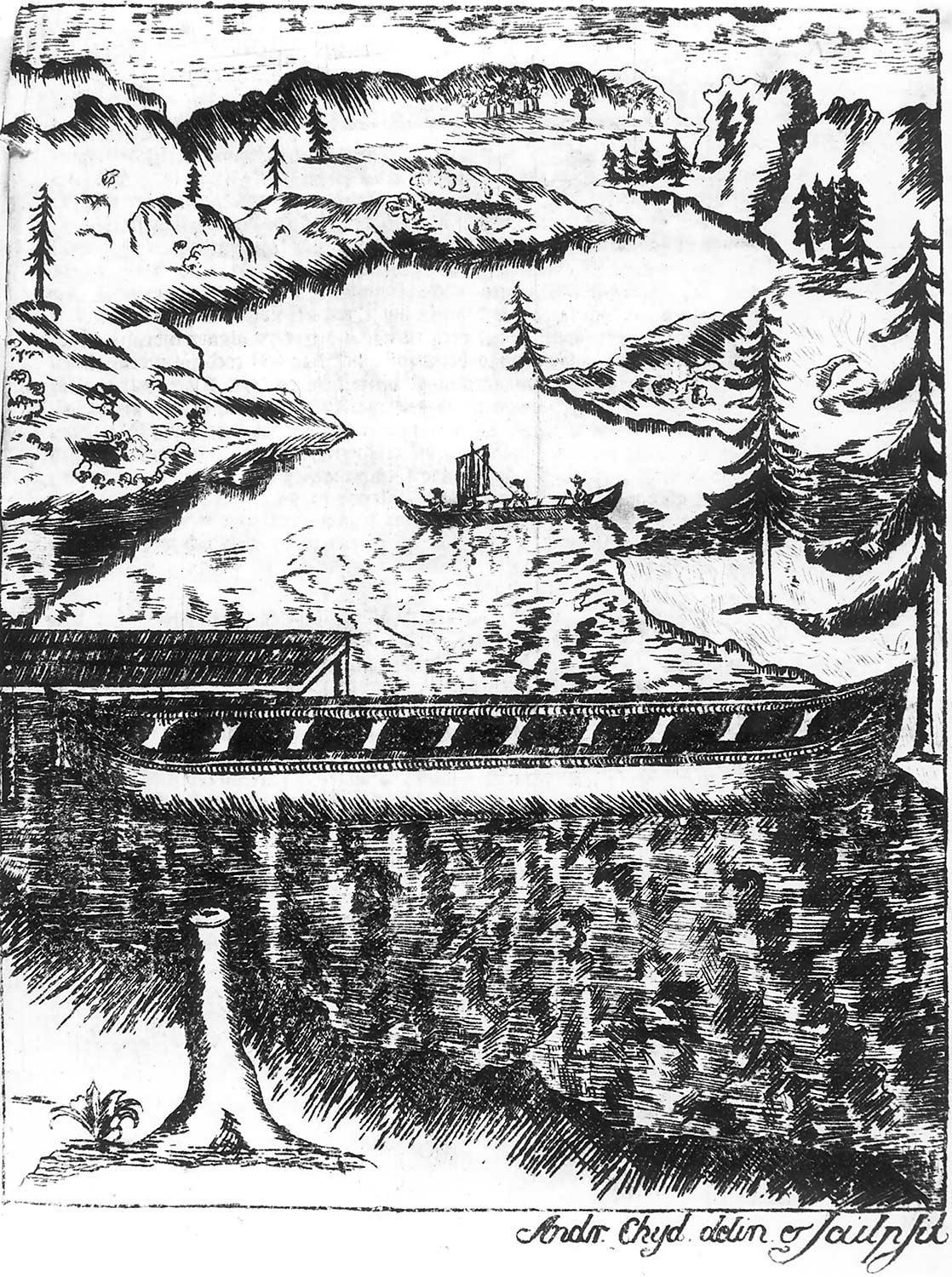The Age of Utility at Alaveteli
Curate, Farmer and Doctor
In 1753, having recently received his master’s degree, Anders was given the first appointment as preacher to the Dependent Parish of Alaveteli, in other words, as an assistant to his father. Two years later he married Beata Magdalena (1735–1819) the daughter of the merchant and ship-owner Olof Mellberg from Pietarsaari. The marriage remained childless.
In addition to the tasks of his office, Anders managed to realize many projects in his small parish, which are quite typical of the Age of Utility. Particularly he tried to improve agriculture, he cleared marshes, adopted meadows into a rotated crops scheme, kept a kitchen garden, kept Spanish sheep, experimented with potato cultivation, etc.
As was the custom for many of the priests of his time, Chydenius also practiced medicine – the nearest trained doctor being at Vaasa. Chydenius prepared medicines in his own laboratory, and performed even minor operations.
Chydenius is best known as an advocate of inoculation against smallpox. Inoculation had been practiced in Ostrobothnia since the 1750’s, but only for the gentry. Anders Chydenius and his father were the first in the realm of Sweden to inoculate also the children of the common folk.
From his experiences in various fields – and in the true spirit of the enlightenment – Anders wished to spread his knowledge to the advantage of others. He took part in the essay competition organised by the Royal Swedish Academy of Sciences, concerning the upkeep of meadows and the design of waggons. Gradually Chydenius began to write also on social issues. In 1763 he took part in an essay competition on the subject of emigration. As a result of the first population survey an (in fact exaggerated) impression had been gained of the large extent of emigration. Already in this essay his basic views emphasizing freedom of the individual come to light. He believed that when people were no longer able to seek happiness and income freely, because of an insupportable amount of rules and regulations, they were forced to move abroad.
Waggons – in Theory and in Practice
A good example of Chydenius’ attitude to various practical matters, was his essay on waggons, which combines the researcher’s and the inventor’s viewpoints. In 1763 the Academy of Sciences organised an essay competition on the subject of the improvement of farming waggons. Authors were to design a waggon by which a horse might draw a load of 70 talents (about 600 kg). By the ordinary waggon of the time it was possible to move only 40 talents (about 340 kg).
Chydenius had studied the matter thoroughly. In his essay he covers the factors affecting motion of the waggon in theory, according to the laws of mechanics. On the other hand Chydenius wished to show by experimental comparison, how the logically designed waggon worked. Both the old and the new waggon were tested under the same experimental conditions.
Chydenius’ waggon, which had a capacity even greater than 70 talents, was founded upon two technical improvements : the enlargement of the wheels, and the improvement of the axle-bearings. The ordinary waggon had a thick wooden axle. Chydenius reduced the friction by employing a slender iron axle, and making the bearings from a specified alloy. In addition the bearings were protected from entry by sand, which causes friction.











